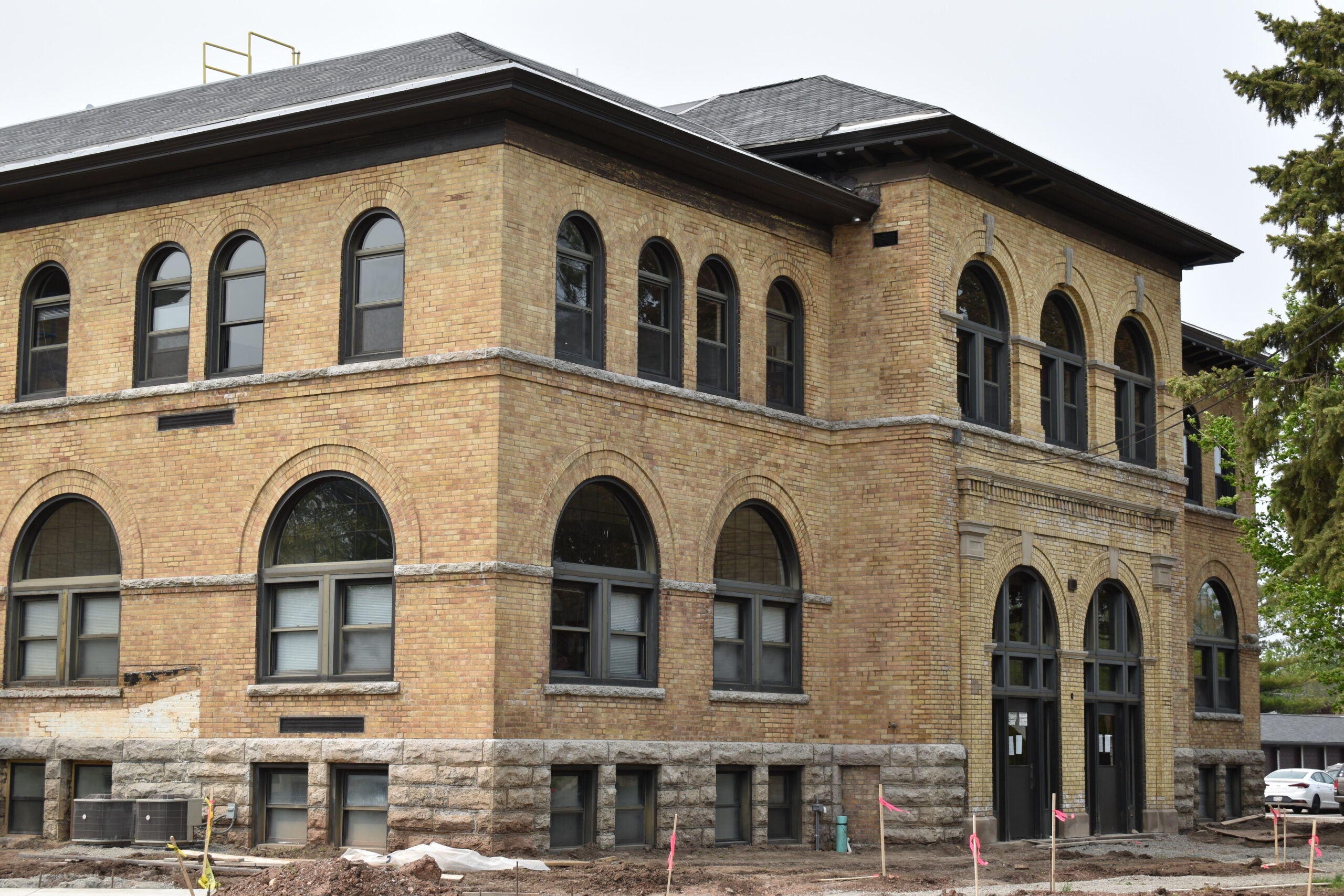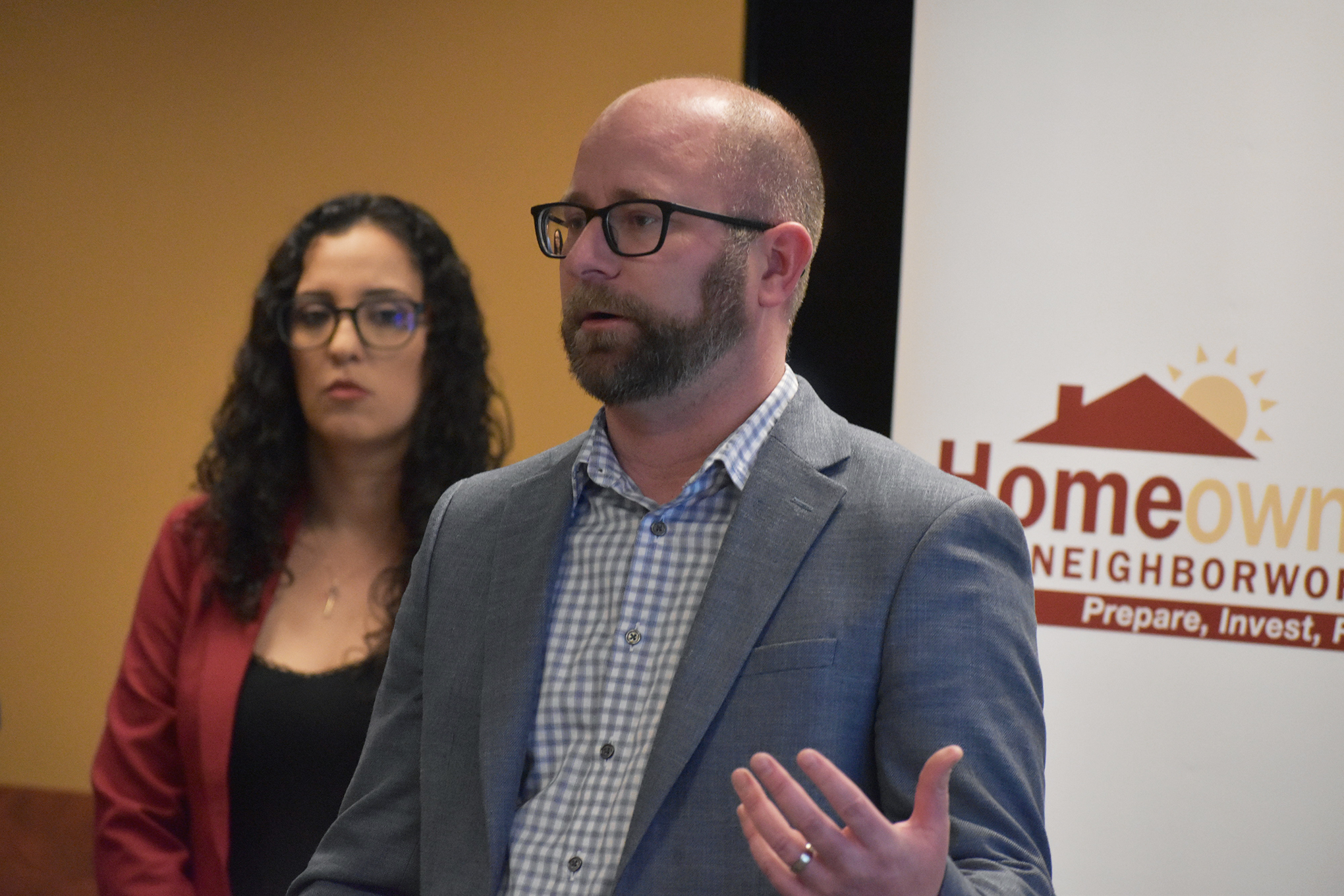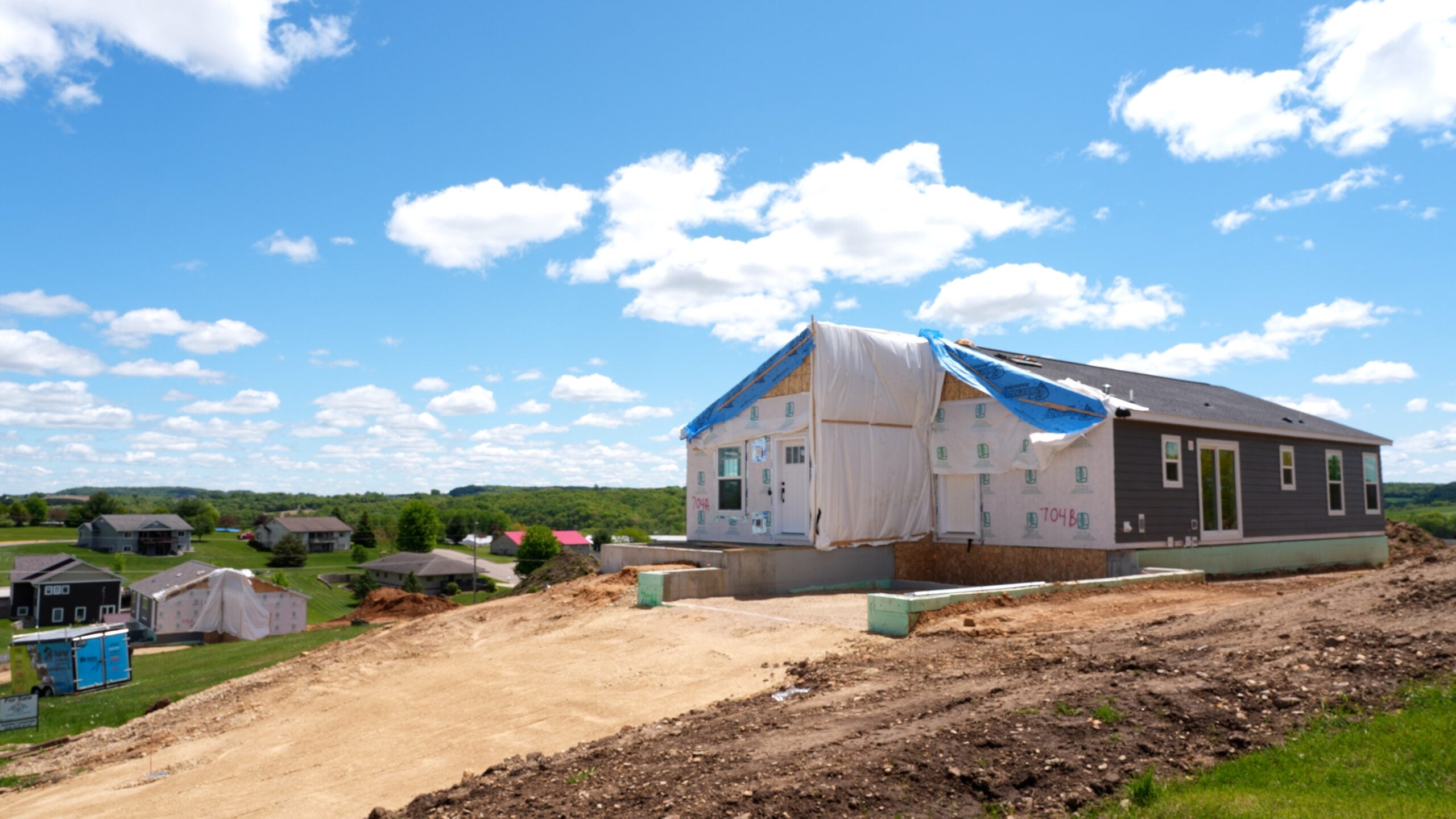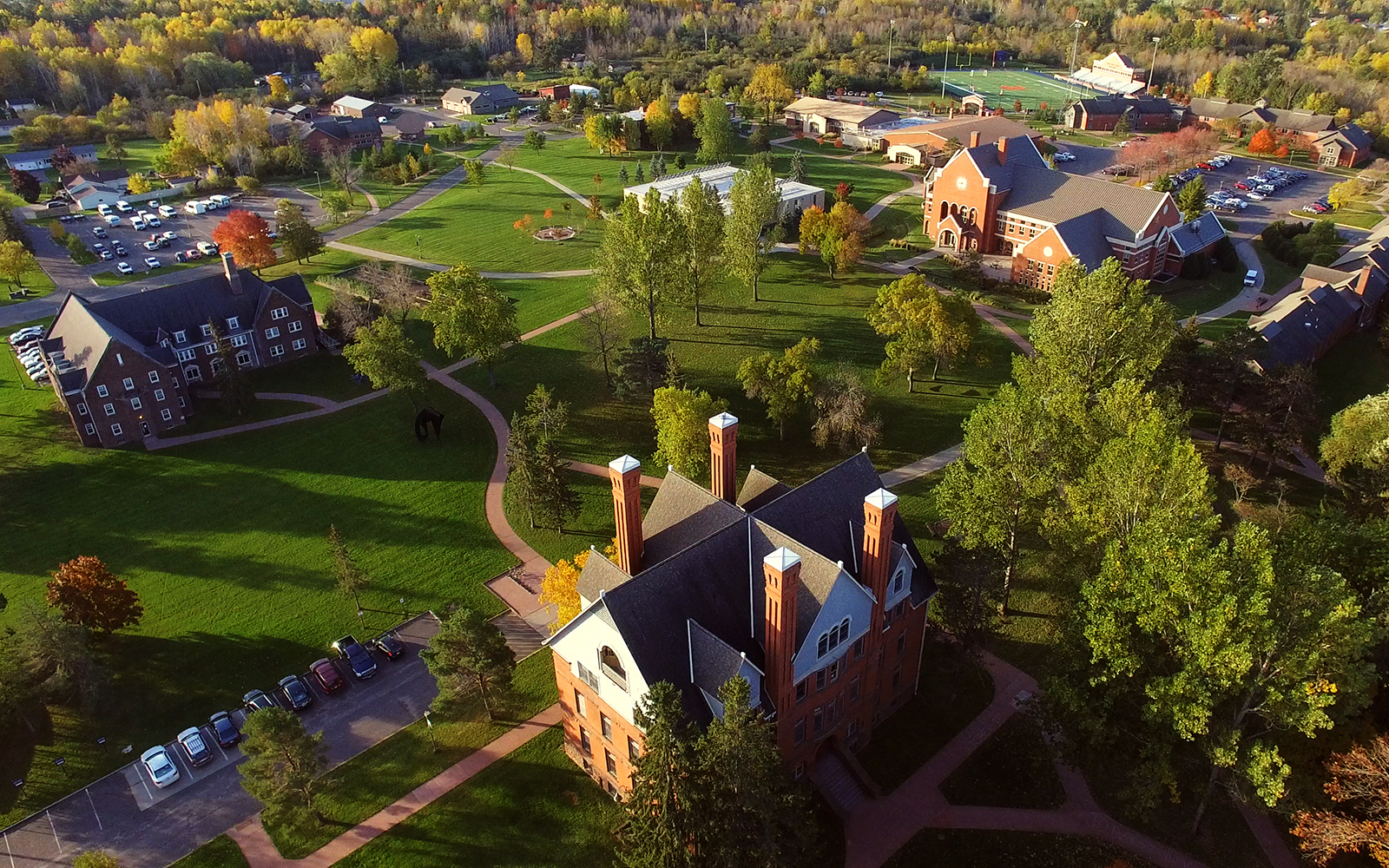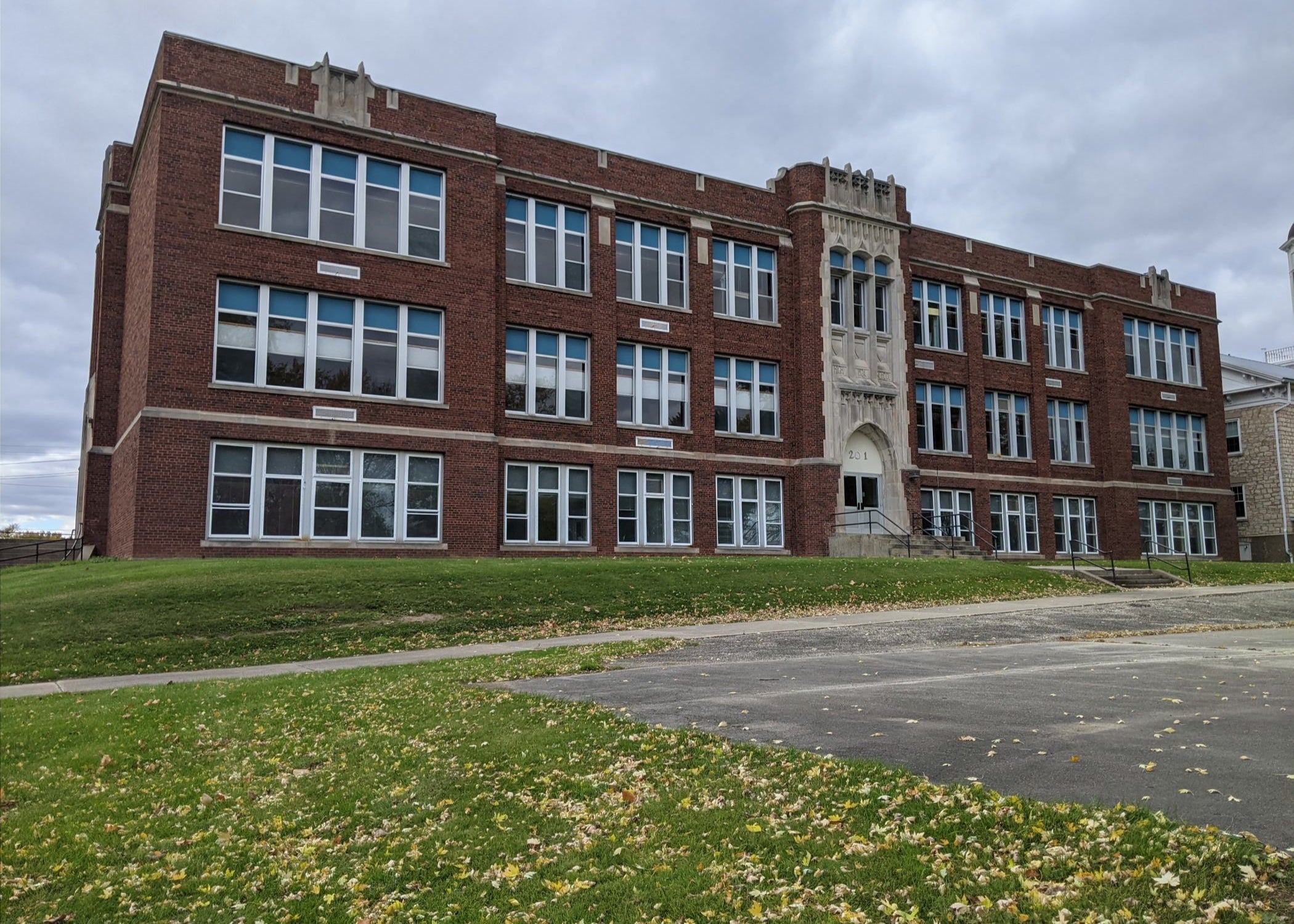A project in Oshkosh is converting a historic former elementary school into affordable housing, and similar adaptive reuse projects could help address the state’s housing shortage.
In 2021, demand for rental units reduced vacancy rates and drove up rents nationwide, disproportionately affecting low-income households who struggled to cover rents, according to a 2022 report from Harvard University’s Joint Center for Housing Studies.
Wisconsin is no exception. According to the National Low Income Housing Coalition, one-quarter of the state’s renter households are “extremely low income,” and 69 percent of those extremely low-income households dedicate over half of their income to housing.
News with a little more humanity
WPR’s “Wisconsin Today” newsletter keeps you connected to the state you love without feeling overwhelmed. No paywall. No agenda. No corporate filter.
The coalition says Wisconsin needs over 126,000 affordable rental units to address the issue. And the American Planning Association says adaptive reuse could be part of the solution.
Jo Peña, senior research associate at the American Planning Association, said demand for certain types of structures changes over time, requiring communities to think about what to do with existing buildings.
“Adaptive reuse is an opportunity to convert what might already be there into something that meets current needs for your community, such as affordable housing,” she said. “This approach really helps with preserving historic character and traditional design elements of buildings.”
A modest development in Oshkosh could serve as an example of how adaptive reuse can address a community need. Northpointe Development, Invista Analytics and Wesenberg Architects are in the final stages of converting the former Smith Elementary School into a 31-unit low-income housing development, called “Smith School Lofts.”
In 2019, the Oshkosh Area School Board voted unanimously to close Smith Elementary School. It was placed on the state and federal registers of historic places in 2021, the same year the city of Oshkosh entered into a development agreement to convert the building into low-income housing.
Chet Wesenberg, owner of Wesenberg Architects, said the school district requested proposals for the property and developers viewed the project as an opportunity for historic preservation.
“These historic buildings often have really solid structures,” he said. “Not only do they have a solid structure, but they also have a lot of architectural detail and ornaments that is just not achievable in today’s world.”
Wesenberg said the interior work wrapped up in mid- to late-April, and now developers are working on the exterior, which he anticipates finishing by the end of the month. He said roughly half of the units have already found tenants.
“We’ve received so many calls over the last several years from people who attended Smith School, and they have really fond memories,” he said. “It’s part of who they are, and they’re interested in coming back and are happy we’re saving that building because it means something to them.”
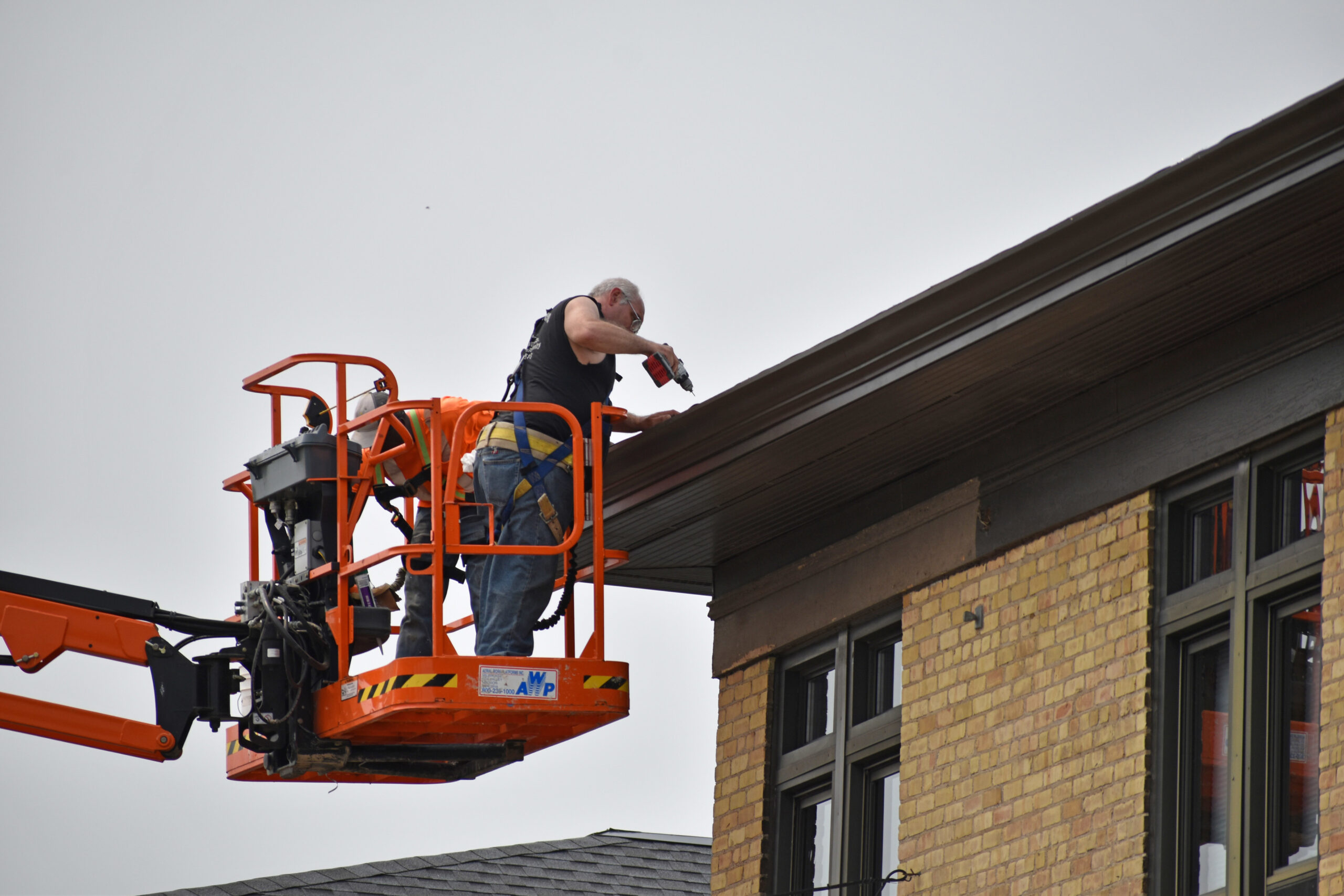
Missy Hughes, chief executive of Wisconsin Economic Development Corp., said adaptive reuse projects aren’t new in the state, but she believes they’ve been gaining momentum in recent years thanks to incentives like affordable housing tax credits from Wisconsin Housing and Economic Development Authority and historic preservation credits through WEDC.
“These kinds of state-supported tools help to alleviate some of the risk for the developers and take some of the financial burden off of them,” she said.
A few past adaptive reuse projects across the state include a former metal foundry in De Pere that was converted into loft and townhouse apartments, a train depot in Green Bay that was turned into a brewery and Beloit College turned a former electrical power plant into a student union and athletic center. The list goes on.
When communities can’t find new uses for old buildings, Hughes said it often has a negative effect.
“Often these buildings, to take them down would be incredibly expensive. As a result, they just sit there and get blighted and abandoned,” she said. “And often they are right in the heart of downtowns that are trying to rejuvenate themselves.”
Hughes said that’s one of the reasons adaptive reuse makes sense.
“If you have the opportunity to already have the structure there and then simply renovate it and adapt it, you’re way down the road compared to just coming into a greenfield and building something new,” she said. “I think that adaptive reuse is a really exciting opportunity and can be a game changer in many of our communities.”
Wisconsin Public Radio, © Copyright 2025, Board of Regents of the University of Wisconsin System and Wisconsin Educational Communications Board.

